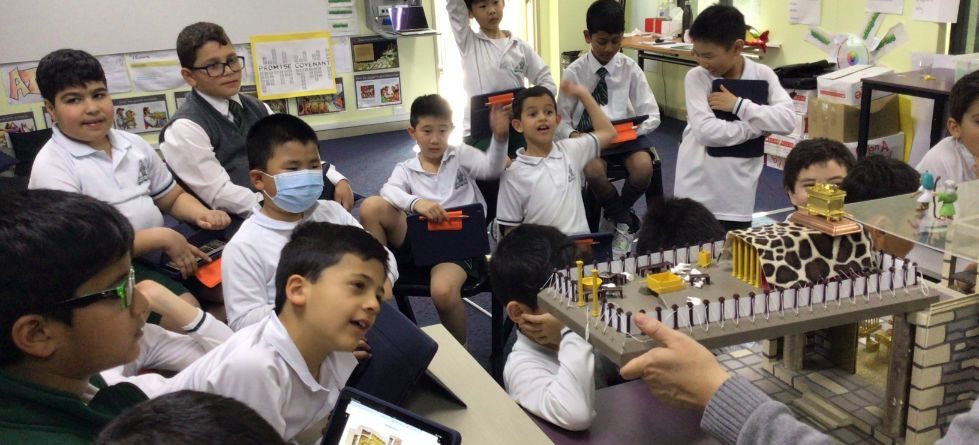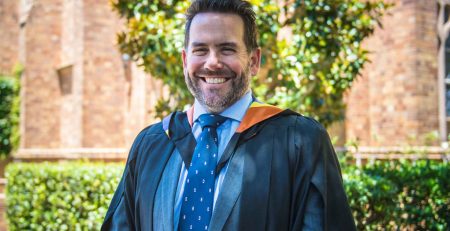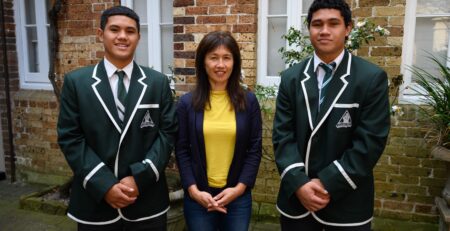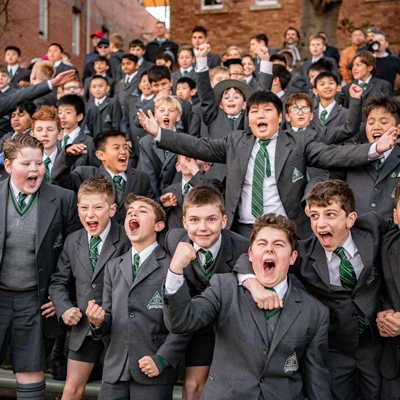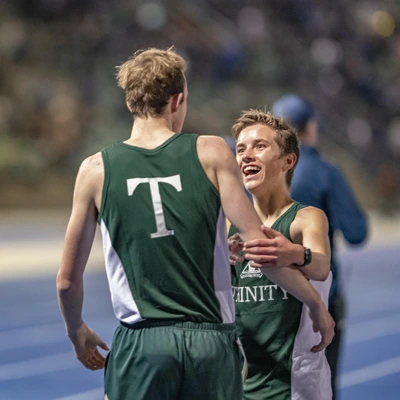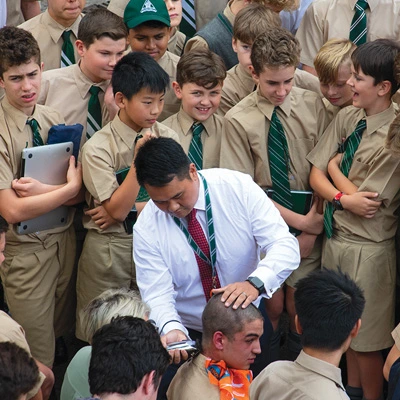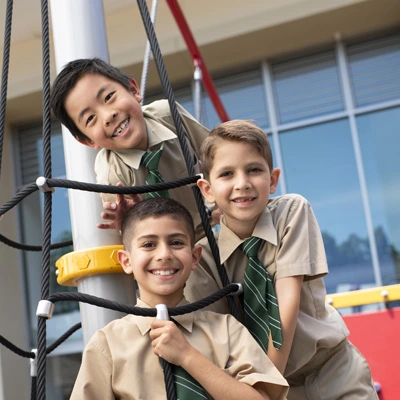Prep | Year 3 News
Christian Studies
At the beginning of Term 3, we finished our UOI on kingship with a mighty battle between David and Goliath. This term, we are exploring the concept of worship – from tents to today. Over the next few weeks, the boys will be exploring the different ways worship was done from the Tabernacle, to King Solomon’s Temple in Jerusalem. We will be reflecting on the similarities and differences as well as including our knowledge of what Jesus did for us to see how they are all connected. The boys are learning to use some creative Apps called Flip and Clips to help them share their work. A fun challenge for the boys also involved creating their own version of the Temple at home using blocks, wood, boxes, or even their favourite – Minecraft! These models will help them understand through recreating the scenes and events to help explain what worship looks like. Our final exploration will help us to see what it looks like today.
In Chapel, we are thinking about “the fruit of the Spirit”. This encourages us all to think about how we share love, joy, peace, patience, kindness, goodness, faithfulness, gentleness and self-control with others. We have been learning a new crazy song reminding us that the fruit of the Spirit is not a coconut, or banana but the actions that come from us to serve others. It is also encouraging for them to see other staff members come to Chapel and share their wonderful joy about Jesus with the boys.
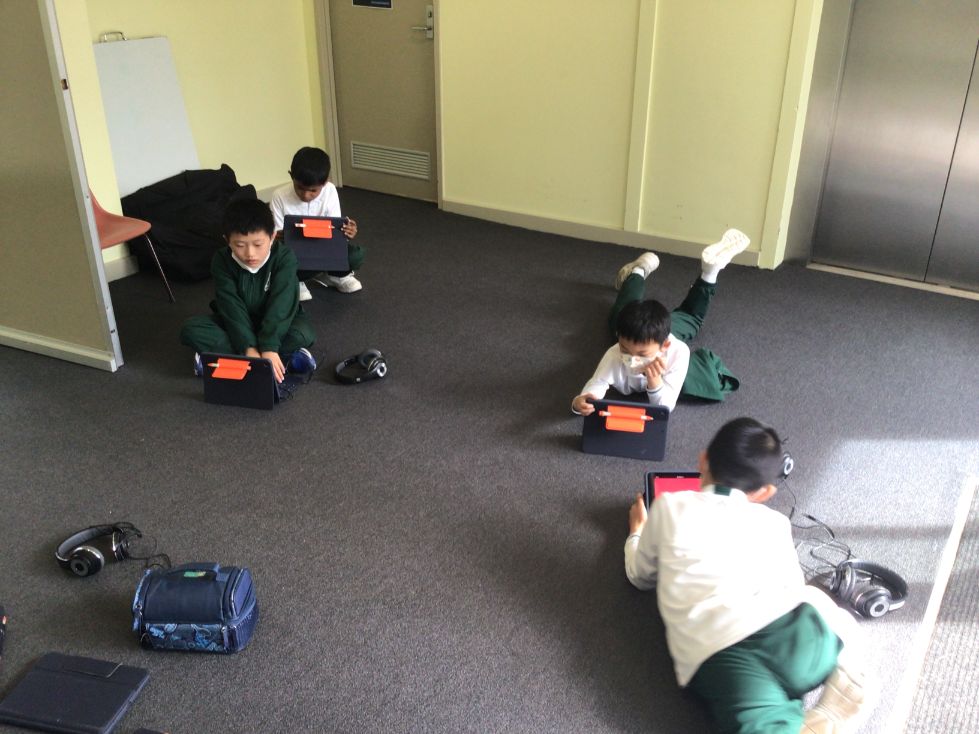
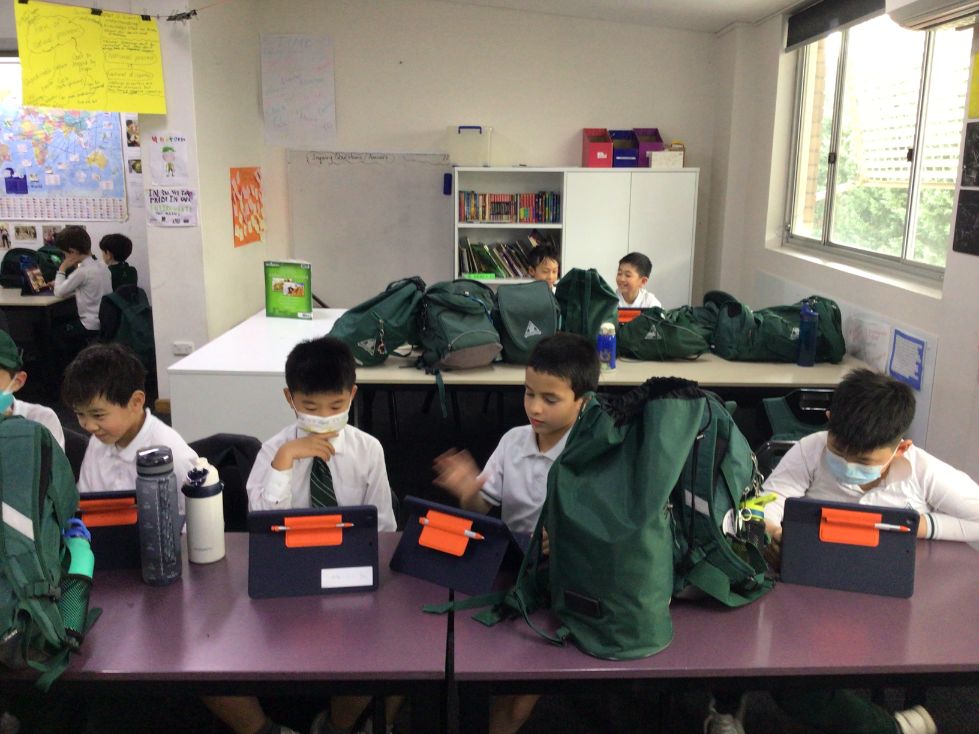
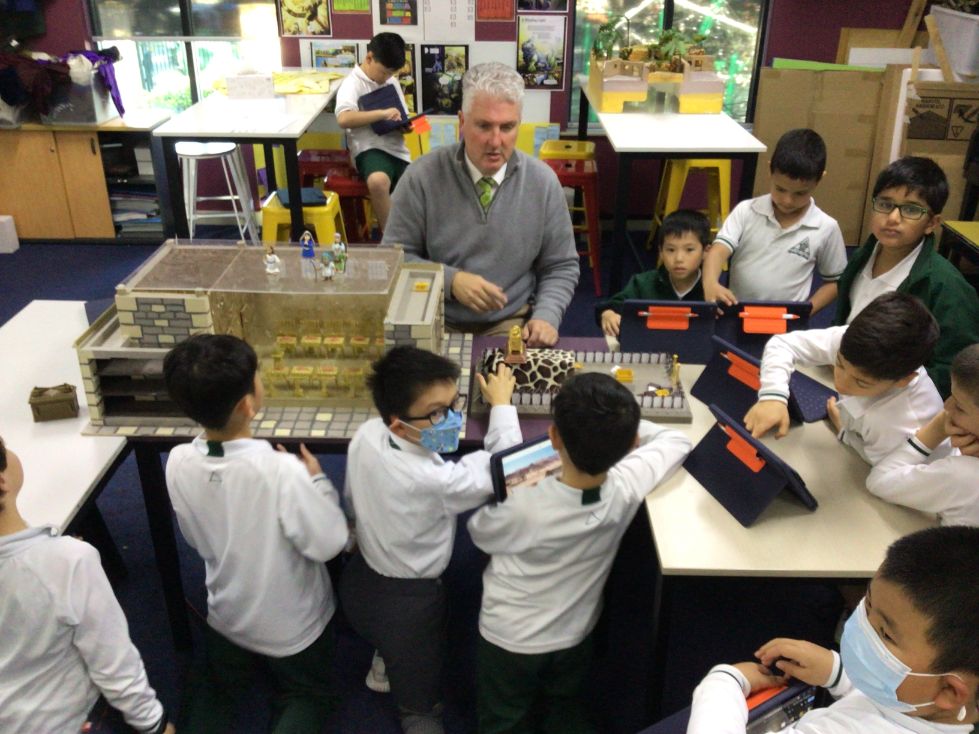
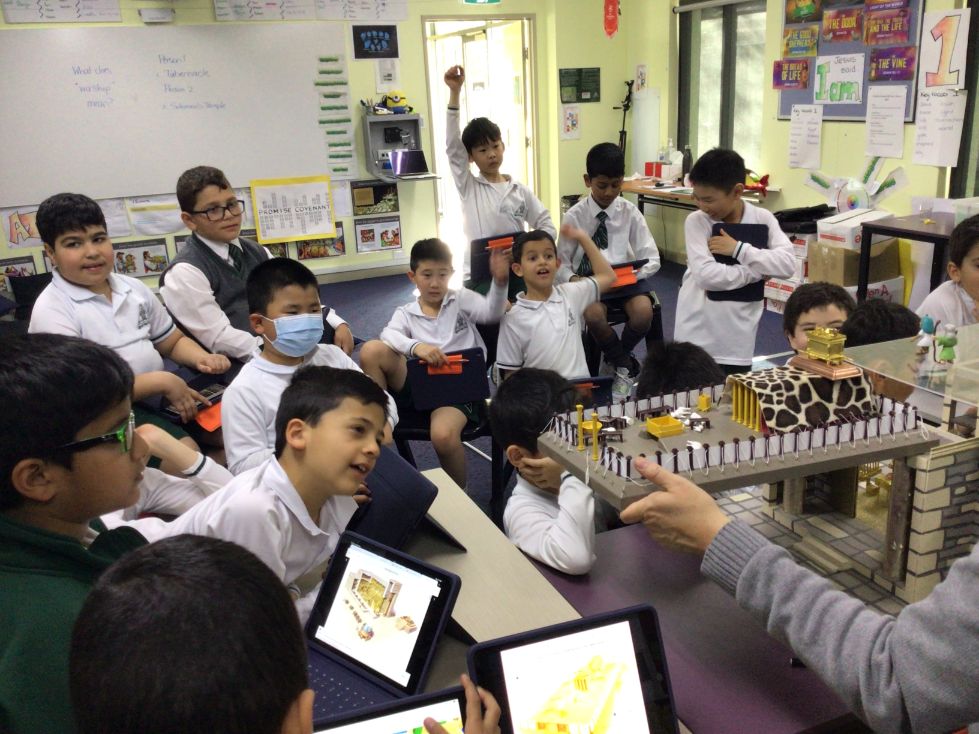
Mandarin
The boys are introduced to the principles of seasons and Yin Yang circle associated with the moon and sun which are closely linked to the Term 3 UOI. Interesting perspectives are formed on how these two contradictory forces may act as a balancing tool within a system. The boys established cultural connections to the formation of the Lunar calendar and its close relationship with Chinese festivals.
In the last few weeks, the boys transferred their knowledge of Chinese numbers by creating a bilingual seasonal weather chart. They also explored the grammatical features on recording dates in Chinese through Education Perfect and some real-life prompts in Chinese Reader.
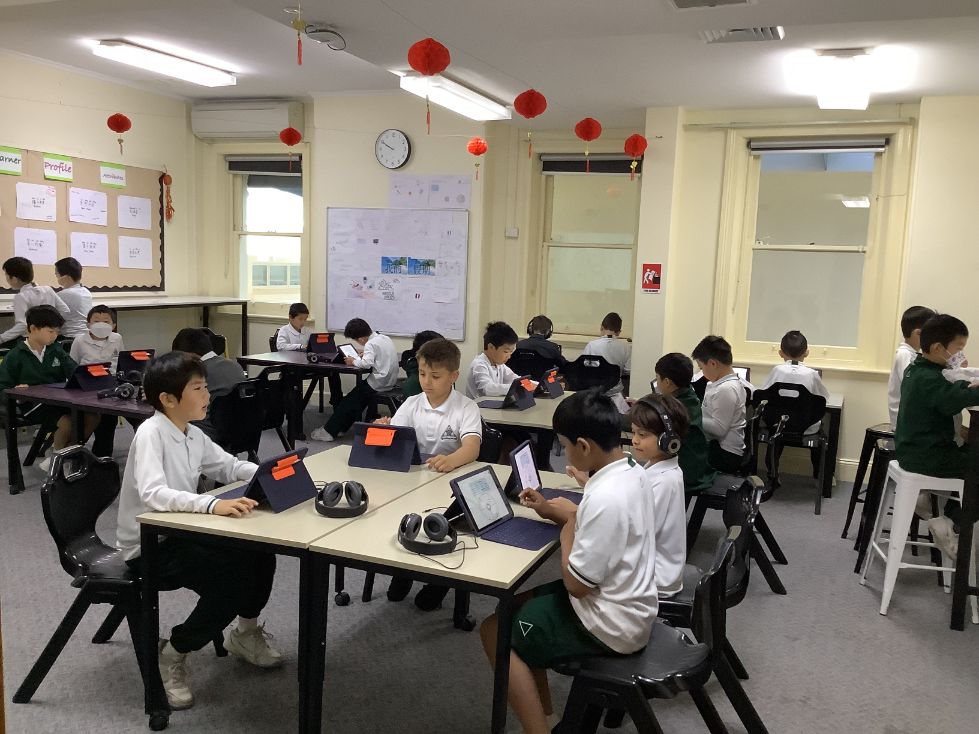
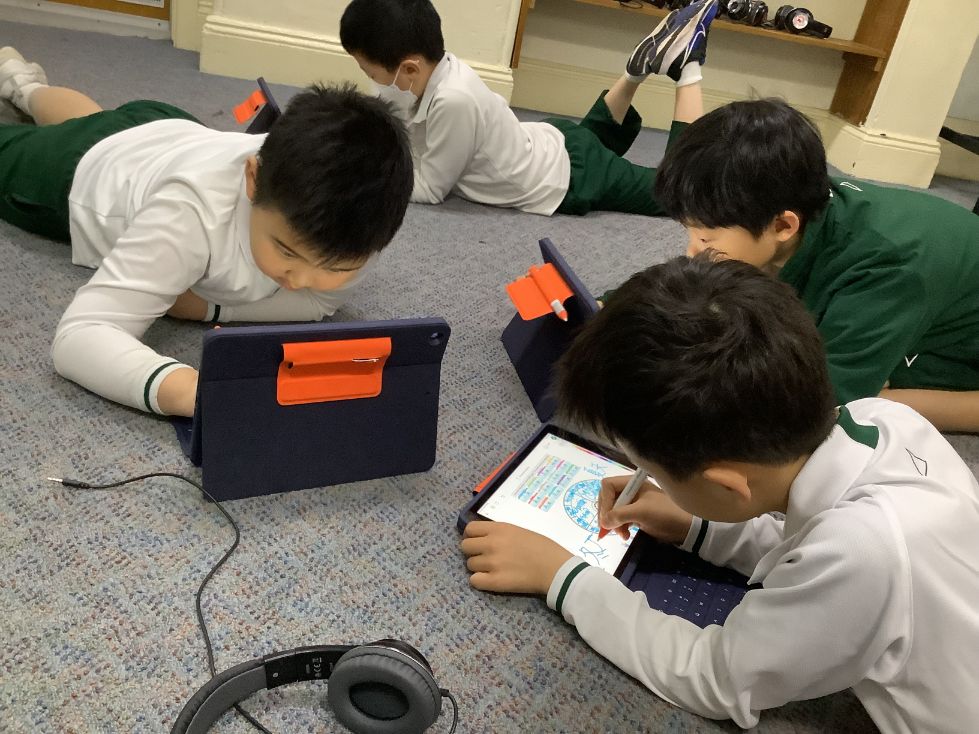
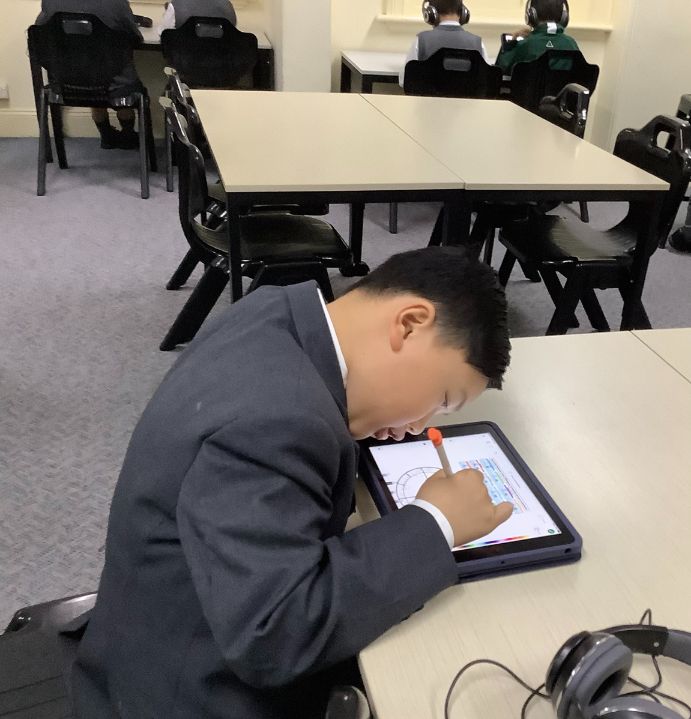
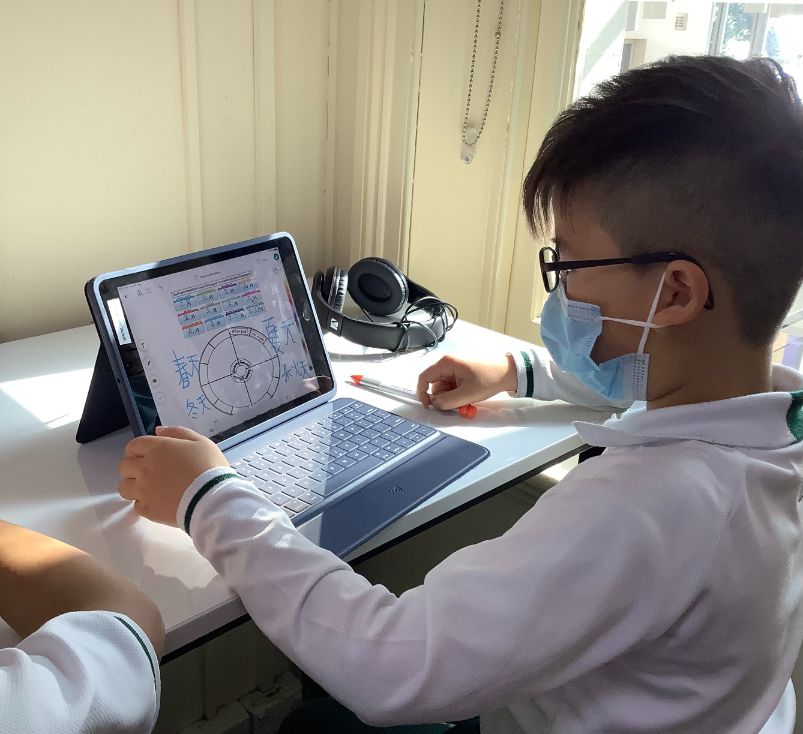
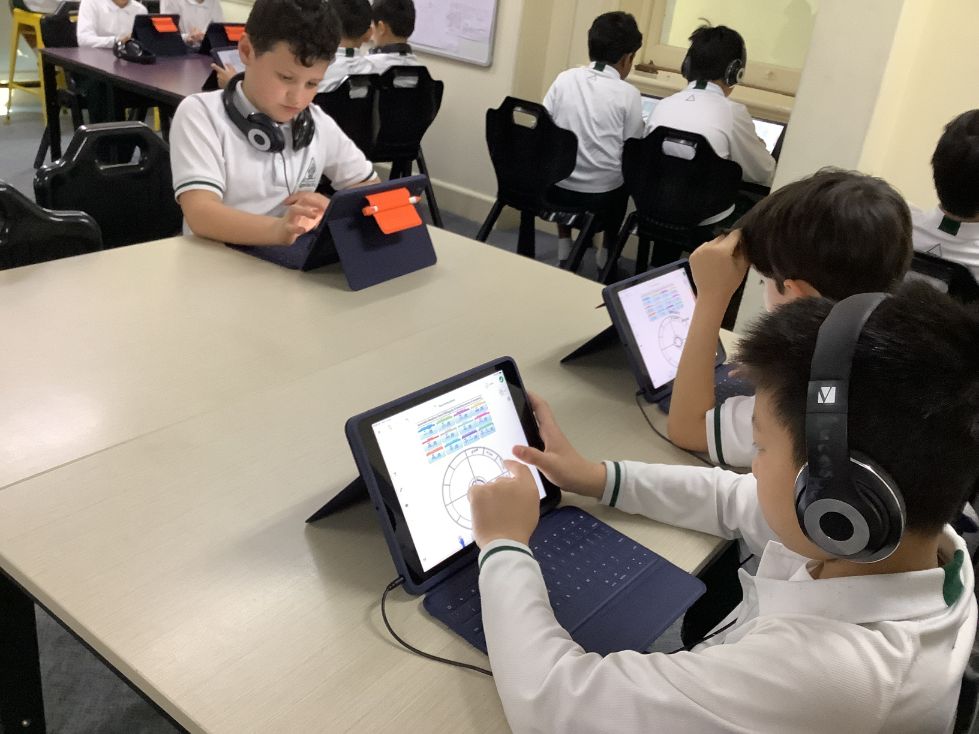
Maths
This week we wrapped up our fraction’s unit. Moving forward in Weeks 6-8, we will focus on volume, capacity and mass. Within this unit, students will learn to use the litre as a unit to measure volumes and capacities, compare and order two or more containers by capacity, use the cubic centimetre as a unit to measure volumes, construct three-dimensional objects using cubic-centimetre blocks, record volumes using the abbreviation for cubic centimetres (cm3), compare the volumes of two or more objects made from cubic-centimetre blocks, and distinguish between mass and volume.
By the end of this unit, students should be able to communicate using the following language: capacity, container, litre, volume, layers, cubic centimetre, measure, estimate. The abbreviation cm3 is read as ‘cubic centimetre(s)’ and not ‘centimetres cubed’.
English
We have begun Poetry with a focus on Haiku’s. This type of poem has a strict structure with the entire poem consisting of just three lines, with 17 syllables in total.
1. The first line is 5 syllables.
2. The second line is 7 syllables.
3. The third line is 5 syllables.
Haiku’s are great as they are simple to follow due to the structure and can be about any topic or theme. Ask your son to see if he can create a Haiku for you. Over the coming weeks, Year 3 will dive into a range of fun and interesting poem types including Limericks and Narrative poems. Just wait until you see some of these amazing poems.
UOI
Transdisciplinary Theme
Where we are in place and time
Central Idea:
Exploring the past can reveal different perspectives
Lines of Inquiry:
The journeys of exploration (Connection)
The lives of Indigenous Australians before 1800 (PERSPECTIVE)
Year 3 began their next unit ‘Where we are in place and time’ with two videos to provoke thinking. One video, filmed last year from a Year 3 student, depicted Abel Tasman. While the other video was a news clip of a defaced Captain Cook statue in Hyde Park. Students used a Visible Thinking Routine called ‘See, Think, Wonder’ to unpack their thinking. What did they see in the videos? What did they think about what they saw? What did it make them wonder? A thinking routine like this one provides a trajectory for future learning.
As we continue on with this unit, we will look at journeys and exploration. What journeys have we been on? How have we explored? How can we connect to this unit? Students have already begun thinking about their travels and all the journeys they have been on and realised that a journey can also be a life journey. Students will dive into the reason for exploration and gain an understanding of the lives of Indigenous Australians before 1800.

